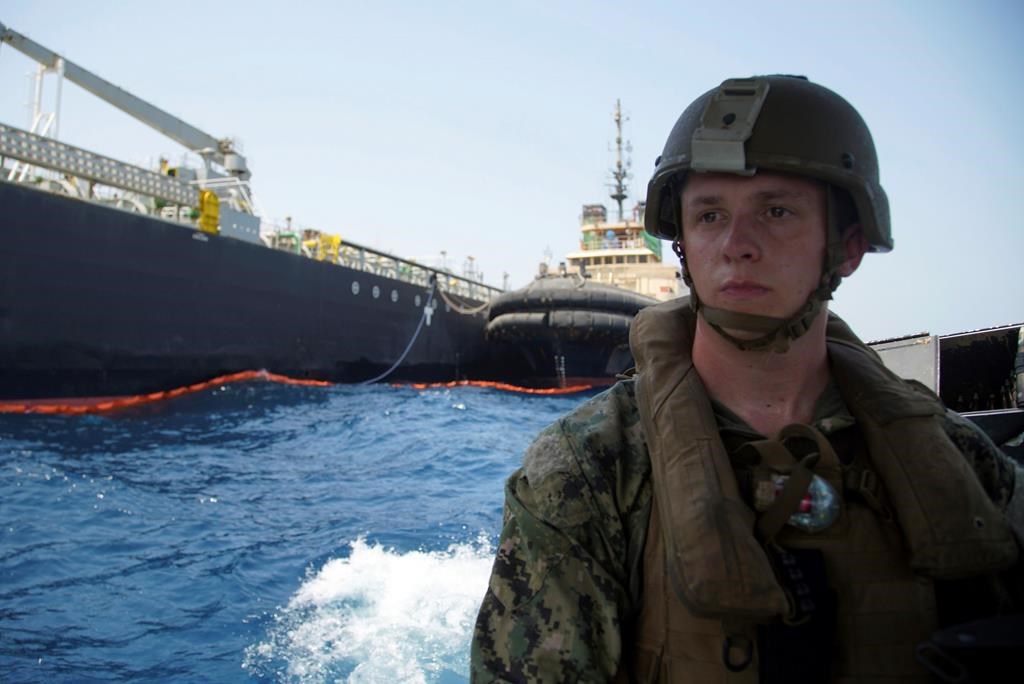The brief standoff between British and Iranian naval vessels in the Strait of Hormuz on Thursday looks to renew concerns about the vulnerability of world energy supplies to tensions in the Persian Gulf region.
The British navy says it thwarted an attempt by the Iranians to impede the passage of a British oil tanker, a day after Iran warned of repercussions after its own supertanker was seized by authorities in Gibraltar for allegedly trying to breach European sanctions on oil shipments to Syria.
About a fifth of all oil traded around the world goes through the Strait of Hormuz, so any conflict could cause huge disruption to crude supplies for energy-hungry countries, particularly in Asia.
Here’s a look at the crucial waterway and its importance for the global economy.
___
WHERE IS THE STRAIT OF HORMUZ?
The narrow mouth of the Persian Gulf is in the territorial waters of Iran and Oman. At its narrowest point the strait is just 33 kilometres (21 miles) wide. The width of the shipping lane in either direction is only 3 kilometres (2 miles). It flows into the Gulf of Oman.
___
WHY IS IT IMPORTANT?
About 20% of all oil traded worldwide passes through the strait. Some 18.5 million barrels of oil are transported through it every day from major OPEC producers Saudi Arabia, the United Arab Emirates and Kuwait.
About 80% of that goes to fast-growing countries in Asia, including China, Japan, India and South Korea. The strait is also used to export about a third of the world’s liquefied natural gas, from Qatar, the world’s biggest LNG producer.
Anything affecting the narrow passage ripples through global energy markets, raising the price of crude oil. That in turn affects gas prices and the broader economy.
___
WHAT HAPPENS NOW?
The confrontation on Thursday comes amid heightened tensions between the United States and Iran over the unraveling 2015 nuclear deal, which the Trump administration abandoned last year in favour of a campaign of maximum sanctions on Iran that have devastated its economy.
Both sides have taken steps in recent months that seem calculated to raise pressure on the other without triggering an all-out conflict. Iran has begun openly breaching limits on uranium enrichment set by the accord, saying the U.S. sanctions make it untenable.
The U.S. has meanwhile dispatched a carrier group, bombers and fighter jets to the region to counter unspecified Iranian threats. Iran shot down a U.S. drone last month that it said had veered into its airspace. The U.S. says the drone was in international airspace.
The U.S. has also accused Iran of being behind a series of mysterious attacks on oil tankers in the region, allegations denied by Tehran.
The manoeuvrs carried out early Thursday may have just been a show of force — Iran’s Revolutionary Guard denied it had tried to seize any vessels. But the potential for miscalculation on either side remains high, and any escalation would place the region in even greater peril.
The Associated Press







